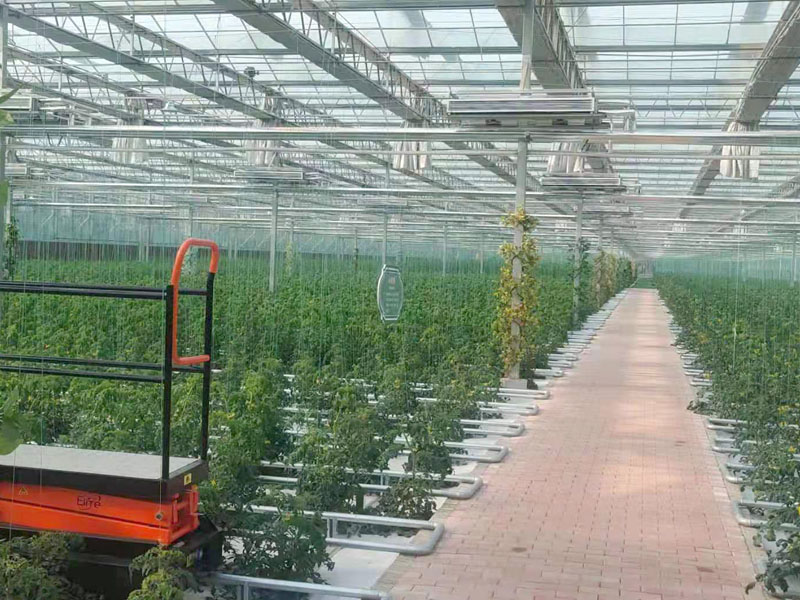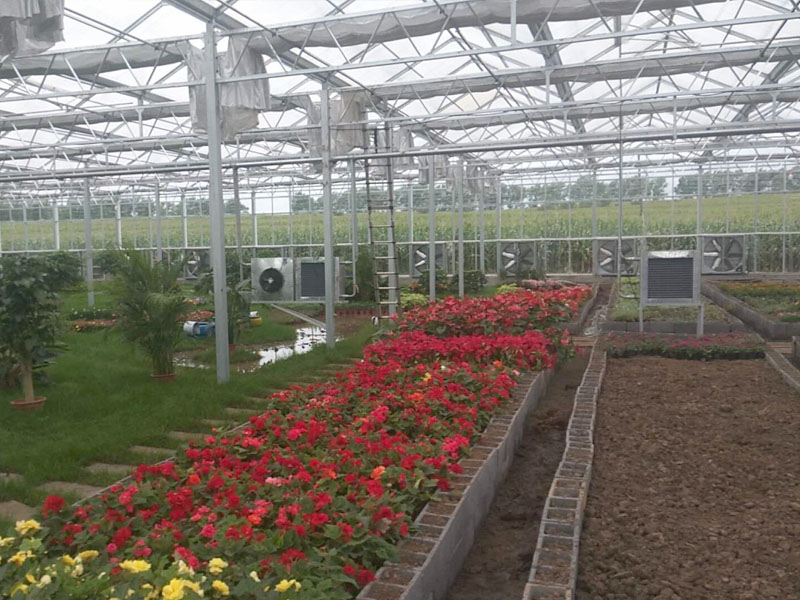
Polycarbonate Greenhouses for Vegetable Cultivation
2025-04-21 08:58Key Advantages:
Light Management: Polycarbonate transmits up to 89% of sunlight while blocking harmful UV rays,
ensuring uniform light distribution for photosynthesis. This prevents leaf burn and promotes healthier
crops like tomatoes and leafy greens.
Thermal Efficiency: The multi-layered structure of polycarbonate panels traps heat, maintaining stable
temperatures even in cold seasons. This reduces energy costs and extends growing cycles for
heat-sensitive vegetables such as peppers and cucumbers.
Durability & Safety: With high impact resistance stronger than glass greenhouses withstand extreme
weather, from hailstorms to heavy snow. Their lightweight nature also simplifies installation and
structural design.
Climate Control: Integrated systems for ventilation, irrigation, and humidity regulation allow precise
environmental adjustments. For example, automated shading can protect spinach from excessive
summer heat, while drip irrigation conserves water.
Sustainability Impact: By enabling localized production, polycarbonate greenhouses reduce reliance on
long-distance transportation, lowering carbon footprints17. Additionally, their longevity (up to 10–15
years with UV-coated panels) minimizes material waste.
In conclusion, polycarbonate greenhouses represent a fusion of innovation and practicality, empowering
farmers to achieve higher yields and consistent quality in vegetable cultivation, regardless of external
climatic challenges.



